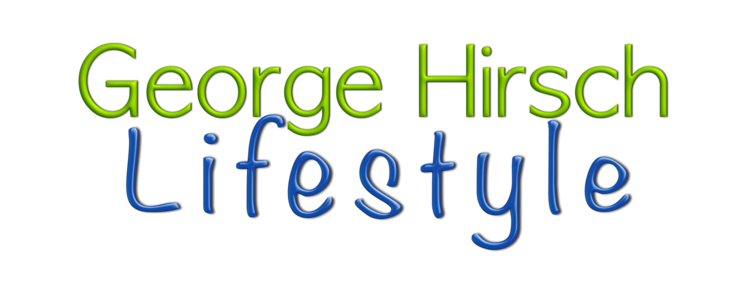Pancakes are one of the earliest forms of bread and are served up geographically in many different ways. You can be-all-traditional with baking powder or try prospecting with sourdough pancakes like the early pioneers. Flip’em with oatmeal or buckwheat when in Vermont, or for a Dutch-style treat, serve with lemon, powdered sugar, and jam. Substitute the flour for cornmeal, and you’ll be enjoying it as a Native American specialty.
Go Pollack by designing your own pancake creations with sliced apples, bananas, blueberries, strawberries, chocolate chips, chopped nuts.
Traditional Pancake Recipe
Makes eight pancakes | recipe by George Hirsch
1 1/2 cups all-purpose flour
3 1/2 teaspoons baking powder
1 teaspoon salt
1 Tablespoon pure cane sugar
1 1/4 cups milk
1 teaspoon vanilla
1 egg, beaten
3 Tablespoons butter, melted
In a large bowl, mix well with a whisk all dry ingredients: flour, baking powder, salt, and sugar. In a separate bowl, mix all wet ingredients, the milk, vanilla, egg, and melted butter. Yes, use two bowls, so the dry and wet ingredients blend better when combined. Add the wet to the dry and strip with a large spoon or spatula until the dry ingredients have absorbed the wet. There may still be a few lumps; thats OK. Do not over mix, or pancakes will become tough.
Preheat a non-stick pan or lightly grease a griddle over medium high heat at 375 degrees F. Test the temperature by dropping a drop of water on the pan's surface. Water will dance across the surface when at the correct temperature. You can test one cake before proceeding.
Pour one 1/4 cup scoop of batter onto the griddle for each pancake. If adding any fresh fruit or creations, add at this time. You will begin to see bubbles form on the top side when brown on the bottom, flip and brown on the second side. Serve hot with syrup or favorite topping; eat immediately right off the griddle.
Finish off your stack with honey, molasses, can syrup, preserves, Nutella, or maple syrup.







